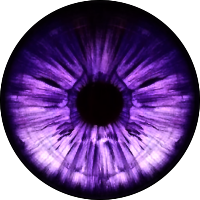That would be one way you could keep it vectorized, yes. Though that would mean that every time you picked a new texture to paint with, it would stack a new layer of that tiled texture over atop the map. If you're trying to draw a map this way you're going to have A LOT of layers of tiled textures on the tabletop. That would add up. Then there's the question of getting rid of what you don't like, moving it around, z-layering. You'd effectively have many vector objects on the tabletop the size of your page.
There's already a ton of layers when you use the drawing tool for dynamic lighting. Some kind of texture brush would be good for adding details to maps to change them up. Like adding water in a corner of a room or lava cracks.
You could also make a Merge option for vector based texture drawings. Like if I draw the outline of dungeon walls with one texture, I could select all the walls and then hit Merge to make it one single vector object. Then I could use the texture brush to paint in the floor beneath the walls.





